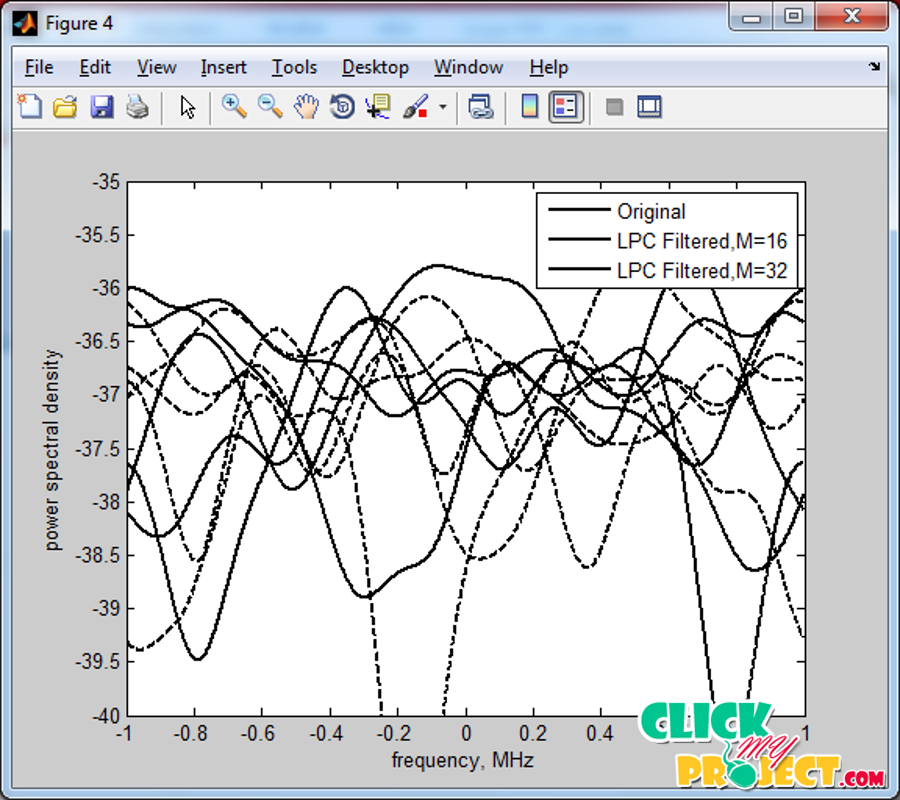A New PAPR Reduction Technique in OFDM Systems Using Linear Predictive Coding
Our Price
₹3,500.00
10000 in stock
Support
Ready to Ship
Description
In order to amplify the OFDM signal with large envelope fluctuations, PAs with large linear range are required, which makes it very expensive. If PA has limited linear range then its operation in nonlinear mode introduces out of band radiation and in band distortion. It is also necessary to have D/A and A/D converters with large dynamic range to convert discrete time OFDM signal to analog signal and vice versa. PAPR is generally used to characterize the envelope fluctuation of the OFDM signal and it is defined as the ratio of the maximum instantaneous power to its average power. In addition to this, OFDM system requires tight frequency synchronization in comparison to single carrier systems, because in OFDM, the subcarriers are narrowband. Therefore, it is sensitive to a small frequency offset between the transmitted and the received signal. The frequency offset may arise due to Doppler Effect or due to mismatch between transmitter and receiver local oscillator frequencies. The carrier frequency offset (CFO) disturbs the orthogonality between the subcarriers, and therefore the signal on any particular subcarrier will not remain independent of the remaining subcarriers. This phenomenon is known as inter-carrier interference (ICI), which is a big challenge for error-free demodulation and detection of OFDM symbols. These excitation and vocal tract components are to be separated from the available OFDM signal to study these components independently . For deconvolving the given OFDM into excitation and vocal tract system components, methods based on homomorphic analysis like cepstral analysis are developed. As the cepstral analysis does the deconvolution of OFDM into source and system components by traversing through frequency domain, the deconvolution task becomes computational intensive process. To reduce such type of computational complexity and finding the source and system components from time domain itself, the Linear Prediction analysis is developed.
Tags: 2015, Digital Image Processing, Matlab




